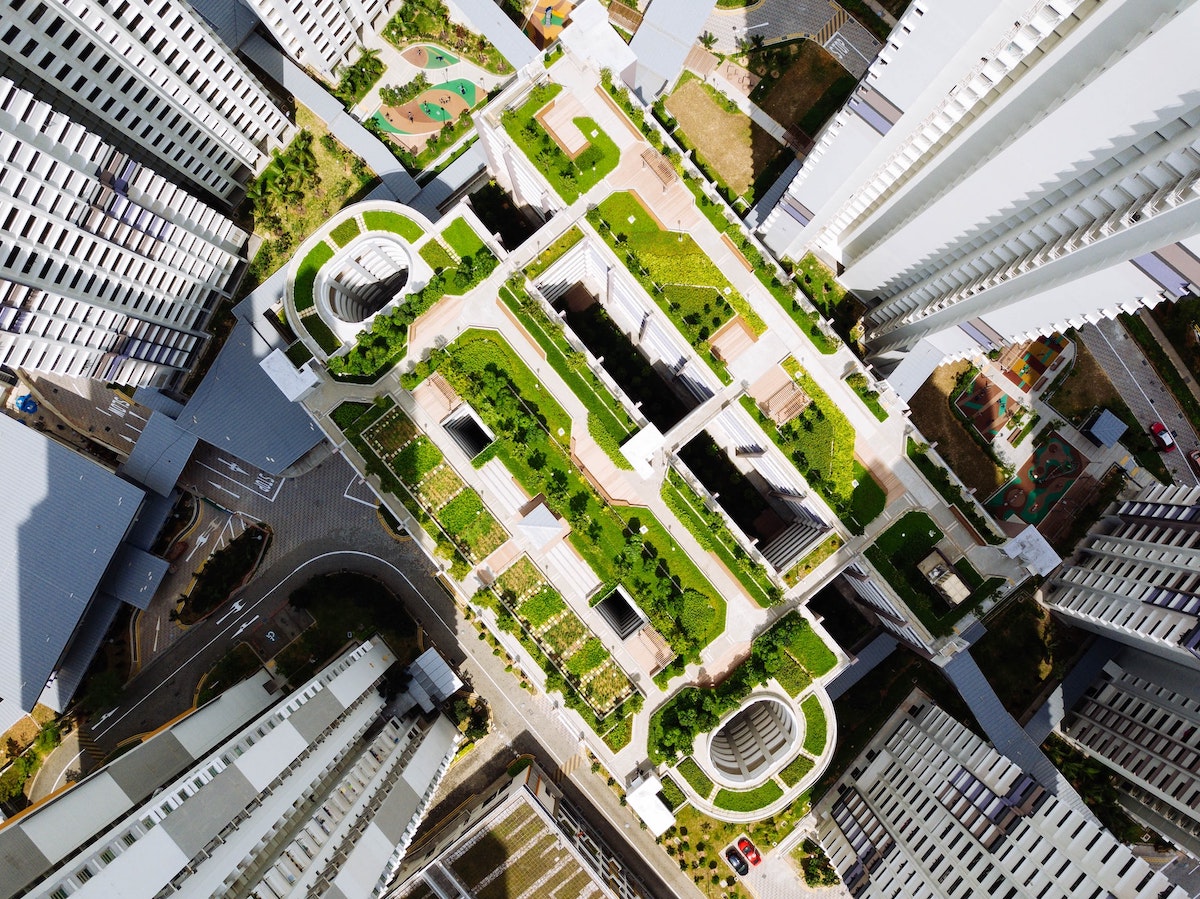Table of Contents
Everyone in this day and age is talking about going green. Eventually, whether you like it or not, everyone will have to join the green movement. This is due to the fact that the earth cannot sustain us at the current rate. That implies that as time goes on, we will start to run out of some of the natural resources that are essential to our survival.
Indeed, some find that disturbing, which explains why so many people today are interested in green construction. But what does “green building” really mean? The Cotocon Group – expert in Local Law 87) is sharing what a green building is, why you should think about it, and what its objectives are.
So, what is a “green building”?
We shall first examine what a green building is. A green or sustainable building could be perceived by some as simply a structure with less of an adverse influence on the environment than an additional, “ordinary” structure. Others can attribute it to the structure’s design and its immediate surroundings.
The ideal green building would be a construction project that would enable you to protect the majority of the surrounding natural environment while yet producing a building that would serve a purpose. All parties will benefit from a healthy environment during the building’s construction and operation, and there won’t be any environmental impacts on the surrounding land, water, resources, or energy. This is how a green building is actually defined.
The U.S. EPA says “Green building is the practice of creating structures and using processes that are environmentally responsible and resource-efficient throughout a building’s life-cycle from siting to design, construction, operation, maintenance, renovation, and deconstruction. This practice expands and complements the classical building design concerns of economy, utility, durability, and comfort. Green building is also known as a sustainable or high-performance building.“
Benefits of going green
Let’s now look at the reasons why becoming green is so crucial. Most people will discover that by turning green, they may lessen their carbon footprint and even do something to help the environment. While there are many ways to go green, builders and construction workers also need to do their roles.
You will discover that there are many various things you can do to assist you to get started if you haven’t already started going green. You can actually take some baby steps along the road rather than diving right in without taking any precautions. Green buildings are made to have a smaller overall negative impact on the environment and people’s health.
i. Reducing waste, pollution, and environmental deterioration.
- ii. Utilizing resources like water, electricity, and other things wisely.
iii. Enhancing productivity while safeguarding occupant health.
Additionally, green buildings align with EPA standards, ensuring that construction practices follow strict environmental guidelines to minimize waste and energy consumption while improving air quality.
The Economic Benefits
1. Increases the building’s value
Building developers benefit from these buildings’ lower construction costs and increased property values; overall energy efficiency initiatives have the potential to cut worldwide energy prices by between €280 to €410 billion. According to Dodge Data & Analytics, 2016 green buildings fetch a 7 percent asset value gain over conventional structures.
2. Improves Occupant Productivity
The goal of green building is to construct structures that not only benefit the environment but also foster healthier, happier, and more fruitful lifestyles. These include utility bill reductions for homeowners or renters due to energy and water efficiency.
3. Helps keep up with the green market
Different nations and areas have a range of characteristics, including distinctive climatic conditions, distinctive cultures and traditions, a variety of building types and ages, and a broad range of environmental, economic, and social priorities. All of these factors shape the green building and make green buildings the most appropriate for their own markets.
The Social Benefits
The quality of life of the residents is taken into account during the design, construction, and operation of green buildings. It enhances the comfort and wellness of its users. According to research, higher ventilation rates, low CO2 and pollutant concentrations, and better indoor air quality can boost productivity by up to 8%.
Cognitive scores among employees in green, well-ventilated workspaces increase by 101 percent (brain function). According to the American Academy of Sleep Medicine, workers who work in offices with windows slept an additional 46 minutes per night on average.
The Goals of Green Building
We should now think about green building’s objectives. It goes deeper than that, though, even though improving the sustainability of the planet is one of the key objectives. When you make the decision to live more sustainably, you want to do so without harming the surrounding ecosystems.
You can actually have a butterfly effect on the ecosystem and wildlife when you start a construction project and disturb the nearby natural habitats. You can improve planet earth and make it a better place for all of us to live by making even the tiniest adjustments.
As you can see, everyone should seriously consider adopting green building practices. If you don’t intend to rebuild your home, you might only want to make a few green changes there to make sure you can achieve the goals you have for it. This article is written by https://nycbuildingbenchmarking.com/


